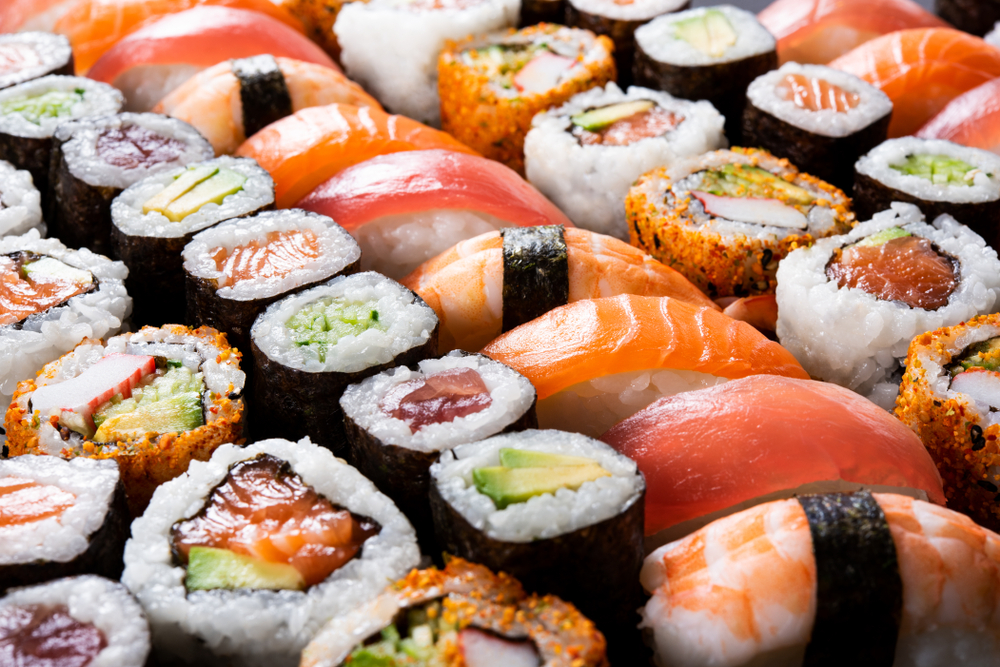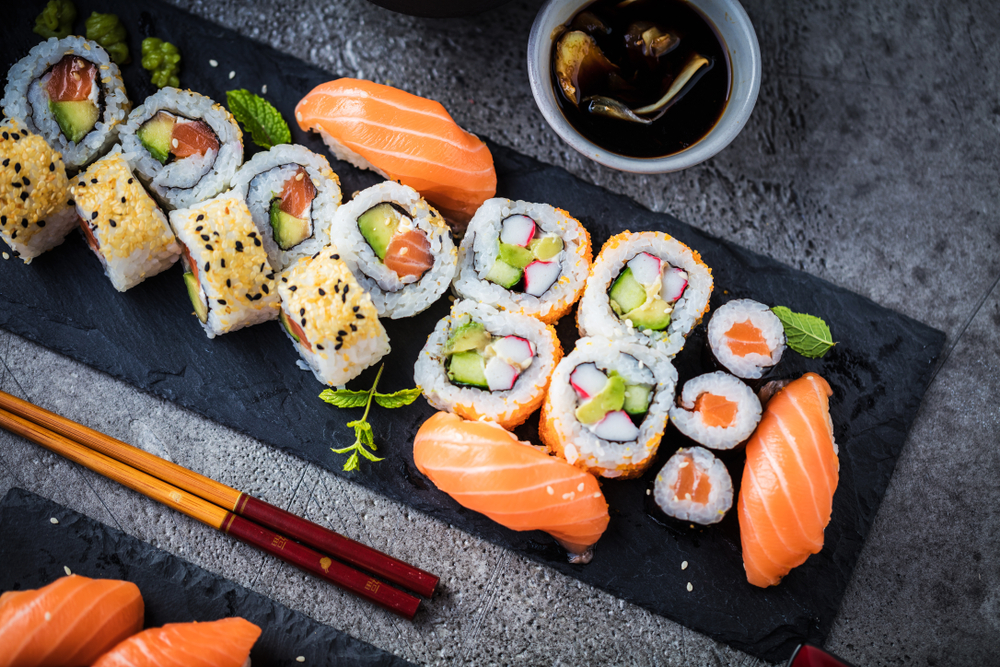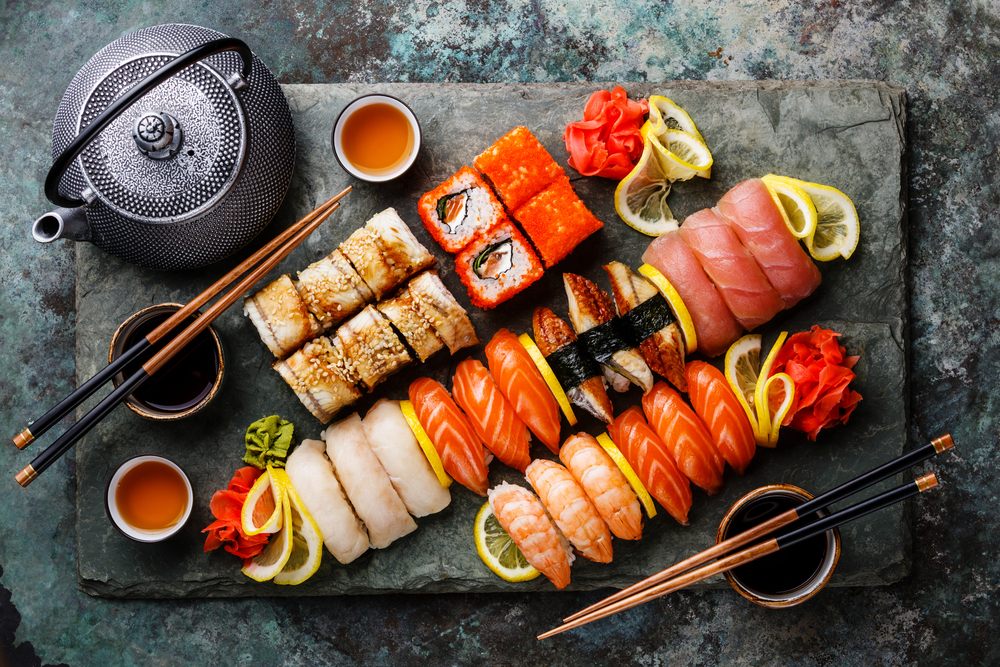Tuna is a common fish that is eaten raw, especially when it is used for sushi. With the many illnesses that can come with eating raw meats, it makes one wonder if it is truly safe to eat some of them raw. With sushi becoming such a popular dish, it makes one wonder if ahi tuna is safe to eat raw.
Ahi tuna is safe to eat raw. As long as the tuna has been handled properly and frozen in order to eliminate any parasites, it should be safe for you to eat ahi tuna raw. If you truly want to make sure that the tuna is safe to eat, you want to look for the “sushi-grade” marking when looking in the grocery store.
Tuna should be stored at a temperature below 36°F or 2°C. This allows for the parasites and bacteria that may be on the fish to be eliminated through freezing. When looking in the store for ahi tuna, you want to make sure that it is marked as “sushi-grade” if you plan on eating it raw.
This is the best way to ensure that the tuna is safe to eat raw as sushi-grade fish is considered good enough to be made into sushi, which requires raw fish.
What Happens When You Eat Ahi Tuna Raw?
Nothing should happen when you eat ahi tuna raw. There is a small chance that the tuna could contain bacteria or parasites that can get you sick, but yellowfish tuna, like ahi tuna, are typically considered to be some of the safest tuna that you can eat raw.
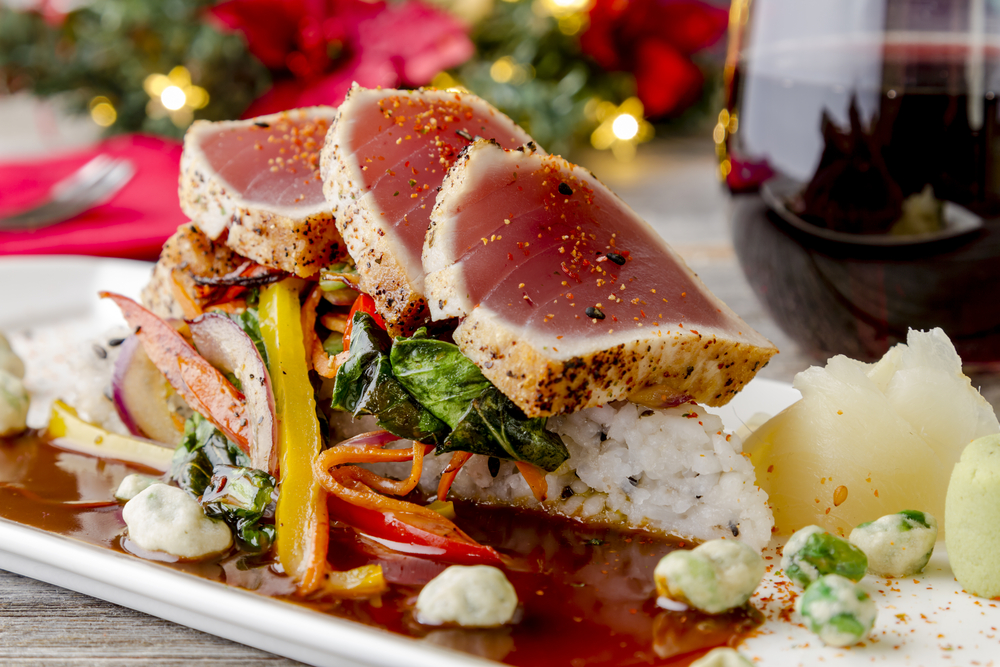
If you do happen to get sick, it is likely to be food poisoning. Food poisoning often comes from contaminated foods, so you should be okay to eat ahi tuna as long as it was processed and stored correctly. If you do have food poisoning, you may want to seek the help of a medical professional.
What Other Types of Tuna Can You Eat Raw Aside From Ahi Tuna?
There are many fish that can be eaten raw. There are salmon, yellowtail, halibut, and tuna. Ahi tuna is only one type of tuna that can be eaten raw.
There are three other types of tuna that are popularly eaten when raw. These are bluefin, albacore, yellowfin, and skipjack. Really, you are able to eat any type of tuna raw as long as it has been properly processed, packaged, and stored.
It is of course best to look for tuna that is “sushi-grade” as these tend to be the safest to eat when raw.
FAQs
What are sushi-grade tunas?
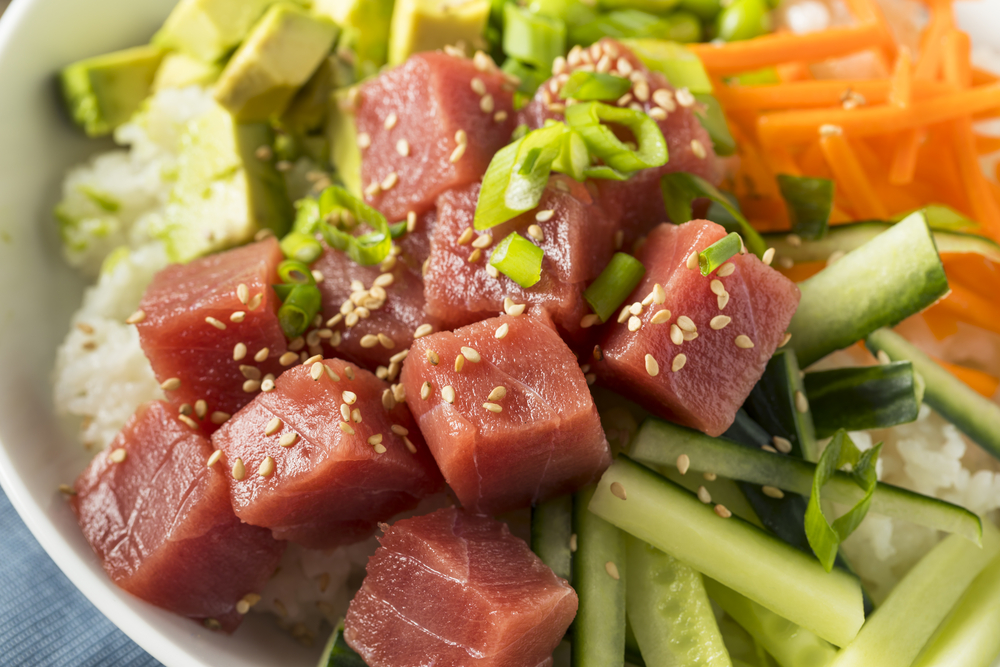
The term “sushi-grade” is used to describe fish that has been deemed safe to consume raw. This is not a regulated term. Many vendors will use “sushi-grade” to indicate that their fish supply is fresh and high quality. It is also used to show that the fish was treated in order to limit the risk of any food-borne illnesses, such as food poisoning.
How to tell if ahi tuna is sushi grade?
In order to tell if ahi tuna is sushi grade, you want to look at the labeling on the packaging of the tuna or ask the vendor you are buying from.
What differs between sushi-grade tuna and regular tuna?
Sushi-grade tuna is cleaned and frozen immediately. This reduces the chance of parasitic infections when you eat it raw. Regular tuna is not cleaned or frozen immediately, so you must cook the tuna before eating it.
Final Thoughts
Ahi tuna is typically a “sushi-grade” tuna. This tuna is known to be the safest fish to eat raw. Due to being sushi-grade, the tuna was cleaned and frozen immediately after it was caught; therefore, the likelihood of contracting a food-borne illness from ahi tuna raw is very low, but it is still possible. In order to know if the tuna is “sushi-grade”, you want to check the labeling of the packaging or ask the vendor you are buying from.


